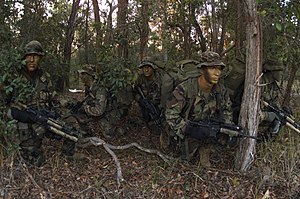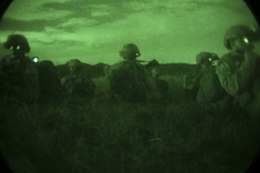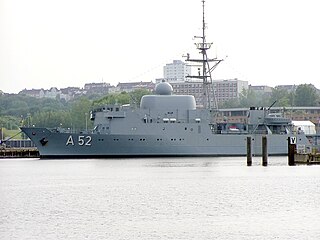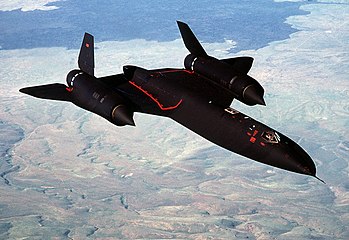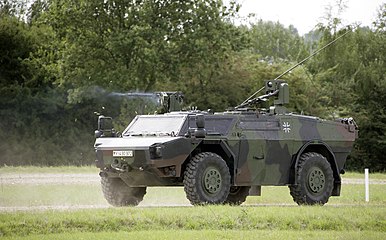
Force Reconnaissance (FORECON) is a United States Marine Corps special operations units which supplies military intelligence to the command element of the Marine Air-Ground Task Force (MAGTF). Force Reconnaissance companies unlike USMC division reconnaissance report to the Marine expeditionary force (MEF) and provide direct action and deep reconnaissance during large-scale operations.

A long-range reconnaissance patrol, or LRRP, is a small, well-armed reconnaissance team that patrols deep in enemy-held territory.
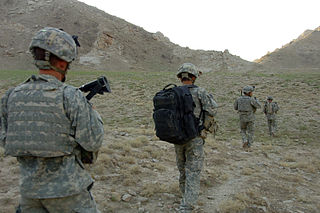
Long-range surveillance (LRS) teams were elite, specially-trained surveillance units of the United States Army employed for clandestine operation by Military Intelligence for gathering direct human intelligence information deep within enemy territory. Classic LRS employment is to infiltrate deep into enemy territory, construct hide and surveillance sites, and provide continuous surveillance/special reconnaissance of an intelligence target of key interest.

The United States Marine Corps Reconnaissance Battalions are the special operations assets of Marine Air-Ground Task Force that provide division-level ground and amphibious reconnaissance to the Ground Combat Element within the United States Marine Corps. Division reconnaissance teams are employed to observe and report on enemy activity and other information of military significance in close operations. The Military Occupational Specialty code for Reconnaissance Marine is 0321.
Reconnaissance, surveillance, and target acquisition (RSTA) refers to a joint doctrine of reconnaissance, surveillance and target acquisition conducted by the United States Armed Forces. RSTA operations are designed to support military operations at a strategic, operational, or tactical level, either by dedicated RSTA forces or those which possess the capability.

1st Reconnaissance Battalion is a reconnaissance battalion in the United States Marine Corps. It is a stand-alone battalion with no parent regiment. Instead, it falls directly under the command of the 1st Marine Division. 1st Recon Bn is located at Marine Corps Base Camp Pendleton in San Diego, California.

Cavalry Scout is the job title of someone who has achieved the military occupational specialty of 19D Armored Reconnaissance Specialist in the Combat Arms branch of the United States Army. As with all enlisted soldiers in the United States Cavalry, the person holding the Scout specialization will still be referred to as a "Trooper", the traditional colloquialism denoted in the cavalry's Order of the Spur.
Battlespace or battle-space is a term used to signify a military strategy which integrates multiple armed forces for the military theatre of operations, including air, information, land, sea, cyber and outer space to achieve military goals. It includes the environment, timeframe and other factors, and conditions that must be understood to successfully apply combat power, protect the force, or complete the mission. This includes enemy and friendly armed forces, infrastructure, weather, terrain, and the electromagnetic spectrum within the operational areas and areas of interest.

Special reconnaissance (SR) is conducted by small units, such as a recon team, made up of highly trained military personnel, usually from special forces units and/or military intelligence organizations. Special reconnaissance teams operate behind enemy lines, avoiding direct combat and detection by the enemy. As a role, SR is distinct from commando operations, but both are often carried out by the same units. The SR role frequently includes covert direction of airstrikes and indirect fire, in areas deep behind enemy lines, placement of remotely monitored sensors, and preparations for other special forces. Like other special forces, SR units may also carry out direct action and unconventional warfare, including guerrilla operations.

Amphibious reconnaissance is ground and naval reconnaissance in the littoral area bordering coastal or ocean areas. Initially, it is used for preliminary reconnaissance in collecting pertinent information about the beachhead in its permeability and usability for main landing assaults. Specialized recon patrols skilled in boatswain and combatant diving using either amphibious vehicles or rubber crafts to obtain and collect information on the enemy, the topology ashore and inland, and hydrographic surveys for underwater obstacles and mines, and for the purpose of affecting a deception.

A Maritime Special Purpose Force (MSPF) is a United States Marine Corps specialized sub-unit of a Marine expeditionary unit. A MSPF is deployed to give the commanders low profile, two-platoon surgical emplacement in the accessible littoral regions. The MSPF provides the enhanced operational capability and precision skills to complement, enable, and execute selected conventional, maritime special operations. They can also perform operations not resident in traditional amphibious raid companies.
Terrestrial reconnaissance, or ground recon, is a type of reconnaissance that is employed along the elements of ground warfare. It is the collection of intelligence that strictly involves routes, areas, zones (terrain-oriented); and the enemy (force-oriented). Ground reconnaissance is considered to be the most effective type of reconnaissance but also the slowest method in obtaining information about the terrain and enemy.
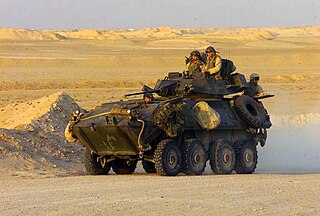
The United States Marine Corps Light Armored Reconnaissance Battalions, or LAR Battalions, are fast and mobilized armored terrestrial reconnaissance units that conduct reconnaissance-in-force (RIF) ahead of the battalion landing teams or division infantry forces. They mainly provide the Marine Air-Ground Task Force and the Marine Expeditionary Unit commanders vital intelligence of the enemy.
The United States Marine Corps is tasked by Department of Defense directive to "conduct complex expeditionary operations in the urban littorals and other challenging environments" and "conduct amphibious operations, including engagement, crisis response, and power projection operations to assure access." Before 2006, the Marine Corps was the only branch of the Armed Forces that did not have any of its special warfare elements participating in the United States Special Operations Command (USSOCOM), due to confining its special operations capabilities only for the purpose to the Fleet Marine Force.
The reconnaissance mission within the United States Marine Corps is divided into two distinct but complementary aspects; Marine Division Recon and Force Reconnaissance.
The United States Marine Corps Scout and Sniper companies and the Scouts (Tank) companies of the tank battalions were the first among the division's reconnaissance assets. They existed around the same exact moment when 1st and 2nd Marine Division were created. In 1941, each regiment had a scout and sniper platoon. They were assigned to the regimental Headquarters and Service Company. These companies were used in variety of tasks and, on occasion in severe combat, were used as "spare" rifle companies. When 6th Marine Division deactivated after the end of World War II, its recon assets also deactivated. Only the current Marine Division Recon Battalions that exist today hold history reference to the Scout and Sniper Companies.

1st Force Reconnaissance Company conducted deep reconnaissance and direct action raids in support of I Marine Expeditionary Force requirements across the range of military operations to include crisis response, expeditionary operations and major combat operations. 1st Force Recon Company was deactivated on 26 October 2006 and the majority of the personnel were used to establish the 1st Marine Special Operations Battalion.

The United States armed forces classify reconnaissance missions as "close" or "short-range"; "distant" or "medium-range"; and "deep" or "long-range".

A reconnaissance vehicle, also known as a scout vehicle, is a military vehicle used for forward reconnaissance. Both tracked and wheeled reconnaissance vehicles are in service. In some nations, light tanks such as the M551 Sheridan and AMX-13 have also been used by scout platoons. Their armament ranges from a medium machine gun to a large cannon. Modern examples are often fitted with ATGMs and a wide range of sensors.
